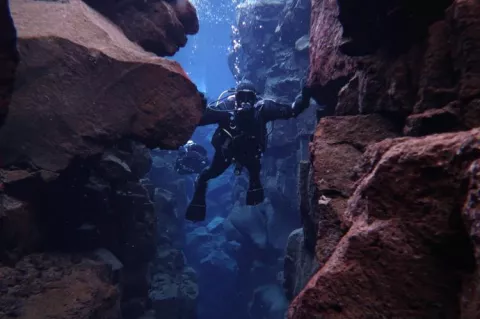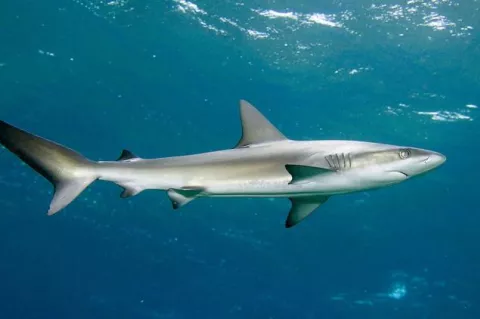Rico Besserdich Portfolio
Rico Besserdich is a widely published German artist, lecturer, photography instructor, writer, adjudicator and professional underwater photographer living in Turkey. His work has appeared in over 300 magazine and book publications around the world and has been translated into nine different languages.













